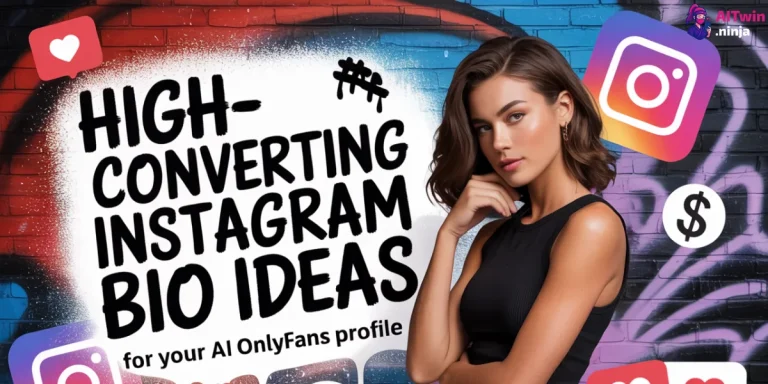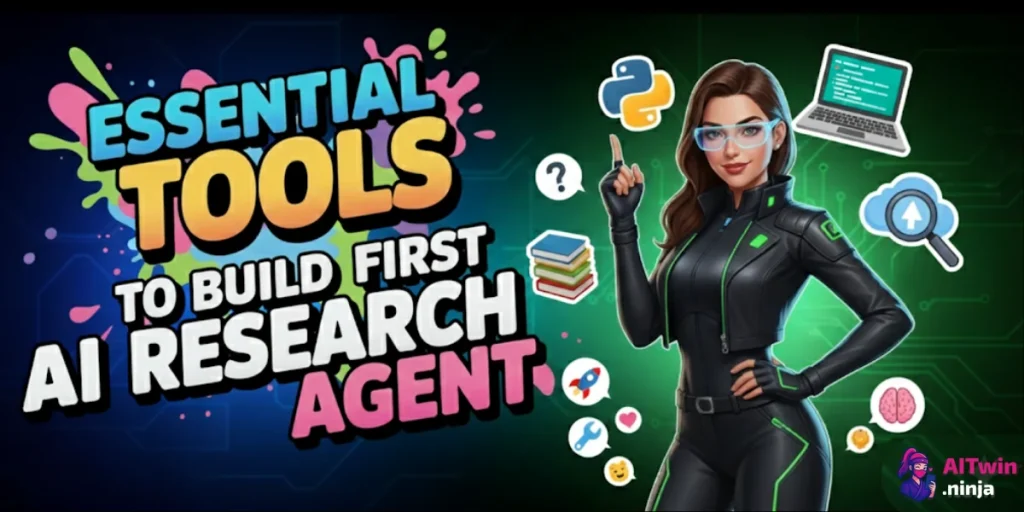
Building your own AI research agent isn't some dark art reserved for tech wizards in secret labs. Forget the Hollywood image of sentient robots taking over; we're talking about creating a digital sidekick that does the boring grunt work for you.
For creators, especially those in the AI influencer and OnlyFans game, this is like having a tireless assistant who scours the web for ideas, trends, and juicy data, 24/7.
You're about to learn how to stitch together your very own AI agent using tools that are surprisingly easy to get your hands on.
We're going to break down the essential bits: the engine, the brain, the research guts, the memory, and the part that makes it all look pretty at the end.
Think of it as building a Frankenstein's monster, but one that churns out killer content ideas instead of terrorising villagers.

Why Top AI Influencers Are Secretly Building AI Research Agent Systems
Manual content research is killing your profits. While competitors pump out trend-focused content that ranks and converts, most creators waste 15-20 hours weekly scrolling through competitor sites, spy tools, and Reddit threads.
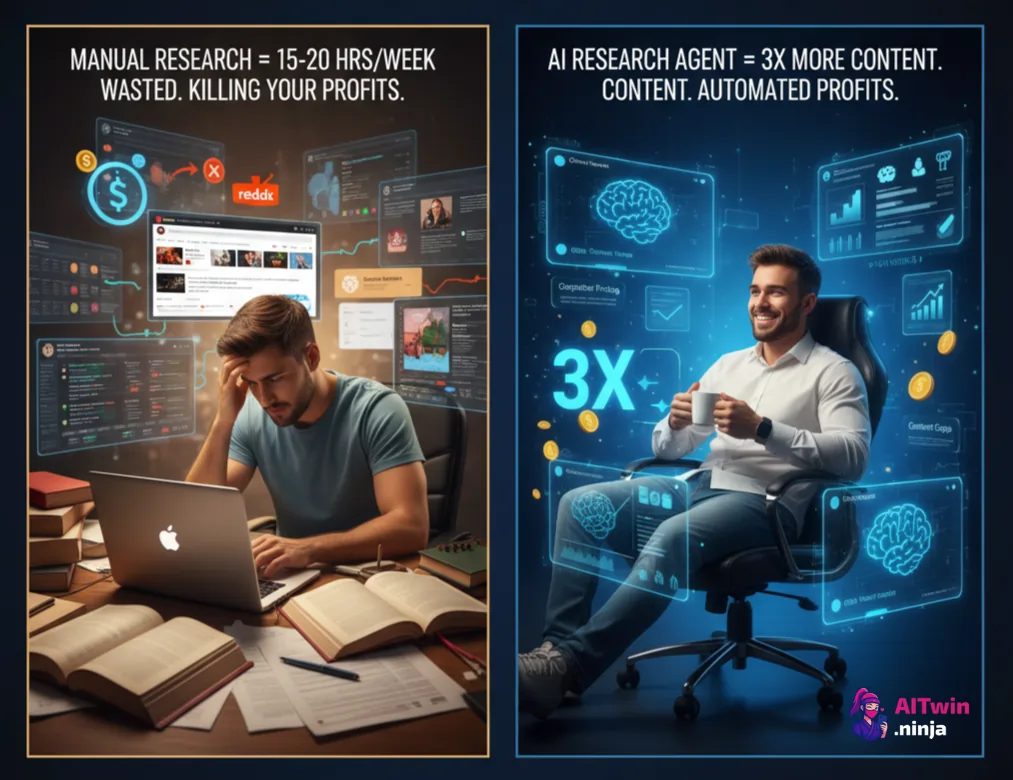
The numbers don't lie – successful AI influencers publish 3x more content because they've automated the grunt work. Your custom research agent monitors OnlyFans trends, tracks competitor pricing changes, and identifies content gaps while you focus on what actually makes money: creating and engaging with fans.
Without this automation, you're essentially bringing a knife to a gunfight in the creator economy.
1. The Core Engine | n8n (Workflow's Central Nervous System)
First up, you need a way to connect all the different services. This is where a workflow automation platform comes in, and our top pick is n8n. Think of n8n as the central nervous system of your AI agent. It's a visual workflow builder that lets you connect different apps and services with a drag-and-drop interface, no heavy coding required.
Why n8n?
Visual Building
You can actually see how your agent works, connecting different ‘nodes' (which represent apps or actions) to create a flow of logic. It's like drawing a map for your data.
Mega-Flexible
It has pre-built integrations for over a thousand apps, but if you find something it doesn't support, you can use its HTTP Request node to connect to basically any API on the planet.
You're in Control
You can host n8n yourself, giving you full control over your data and workflows. For anyone dealing with spicy or sensitive content, this is a massive plus.
In our AI agent, n8n is the puppet master. It will tell the other tools when to wake up, what to do, and where to send their results. It's the engine that drives the whole operation.
2. The AI Brain | Open Router (Your Gateway to Hundreds of LLMs)
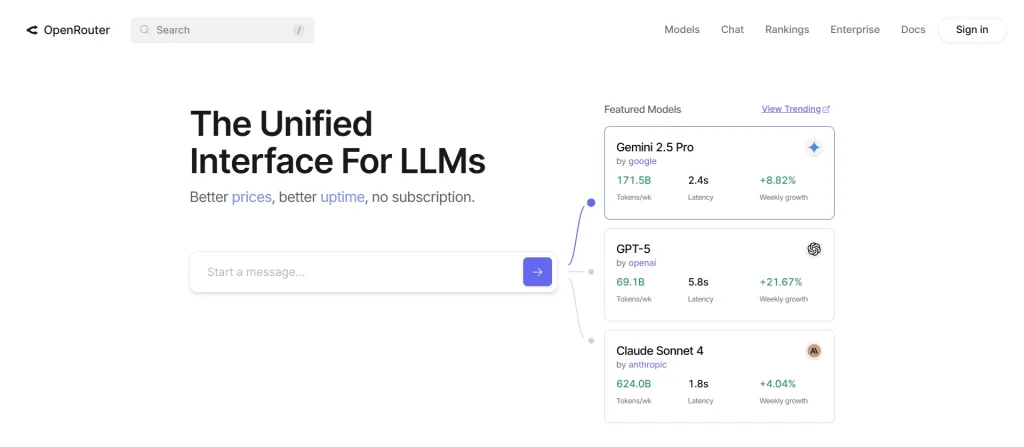
Your agent needs a brain to think, reason, and make decisions. This brain is a Large Language Model (LLM). You've heard of them: GPT-4, Claude, Gemini, and all their mates. But managing access and API keys for each one is a right pain in the backside.
Enter Open Router. This cheeky service is your ultimate hookup for LLMs. It gives you access to over 400 different AI models through a single, unified API key.
Why Open Router is a game-changer?
For our agent, Open Router provides the reasoning power. When n8n gets information from a research tool, it will pass it to a model via Open Router to say, “Right, make sense of this, summarise it, and tell me what to look for next.”
3. The Research Guts | Perplexity or Tavily (Your Agent's Eyes on the Internet)
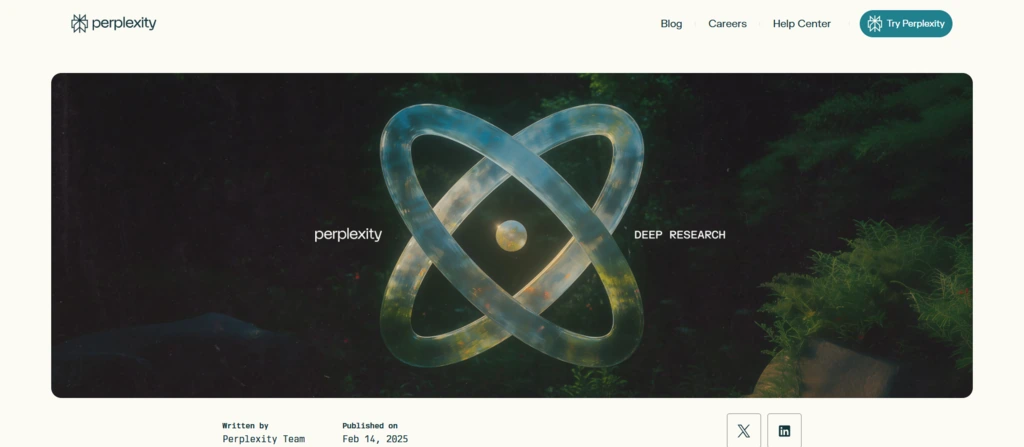
An AI agent is only as good as the information it can access. While LLMs know a lot, their knowledge is not always up-to-the-minute. For real-time, cited information from the big, wide web, you need a specialised research tool.
Here are two top-notch options:
| Feature | Perplexity AI | Tavily AI |
|---|---|---|
| Primary Use | Answering complex questions with sourced reports | Providing real-time, concise data for AI agents |
| Output Style | Detailed, comprehensive reports with full citations | Summarised, structured information ready for an LLM |
| Best For | Deep dives and creating final research documents | Quick, factual lookups within an automated workflow |
| User Interface | Web-based conversational search engine | API-first, designed for developers and automation |
For your agent, you'd use n8n to call on Perplexity or Tavily whenever it needs to find fresh information on a topic.
4. The Memory Hub | Airtable or Google Sheets (Your Agent's Rotating Database)

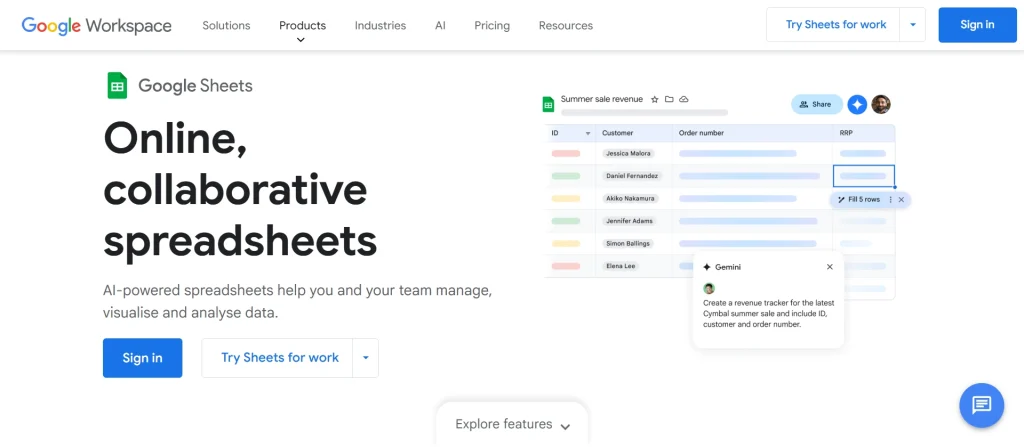
As your agent works, it's going to gather a lot of info: links, snippets of text, summaries, and sources. If it just keeps all that in its short-term memory, it's bound to lose track or, worse, crash and forget everything. It needs a central database to store what it finds.
This “rotating aggregation database” acts as the agent's long-term memory.
Your agent's workflow would involve writing each piece of new information to a new row in Airtable or Google Sheets. This prevents data loss and allows the agent to review what it has already found, avoiding going over the same ground twice.
5. The Finisher | API-template.io (Making Your Output Look Pro)
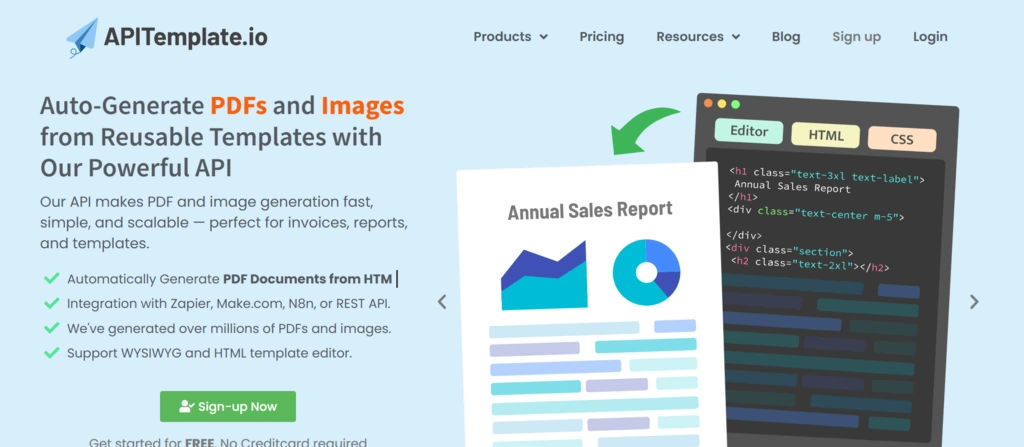
Once your agent has done all its research and thinking, you need a way to present the final result. Just dumping a load of text is a bit naff. You want a polished, professional report.
This is where a service like api-template.io comes in. It’s an API that auto-generates PDFs and images from reusable templates.
Here's how it works:
This final step turns your agent's hard work into a tangible, shareable asset, whether it's a market research report, a content strategy document, or a list of spicy video ideas for your AI influencer.
Fancy a Naughtier Kind of AI?
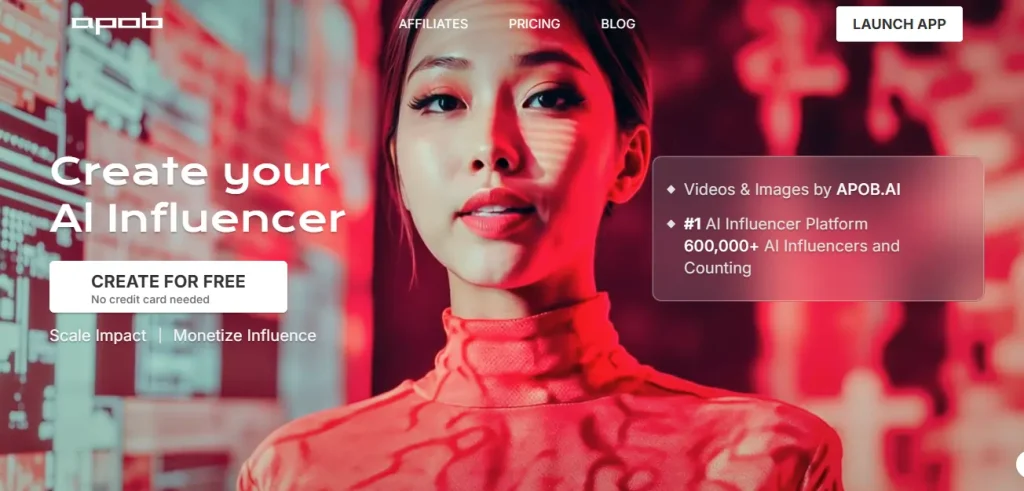
Building a research agent is a cracking way to get your head around AI automation. But what if your creative needs are a bit more… personal? What if you want to build not just an agent, but a whole AI persona?
For creators in the AI influencer and OnlyFans space, the real magic happens when you can generate content that truly connects with an audience. That means creating hyper-realistic models, custom photoshoots, and even saucy videos on demand.
That’s where APOB AI steps in.
While the tools above are great for research, APOB is your all-in-one studio for creating and managing your AI girlfriend or virtual model. It’s designed for creators who want to build a brand, automate content, and engage with fans on a whole new level. Forget wrestling with code; APOB gives you the creative power to:
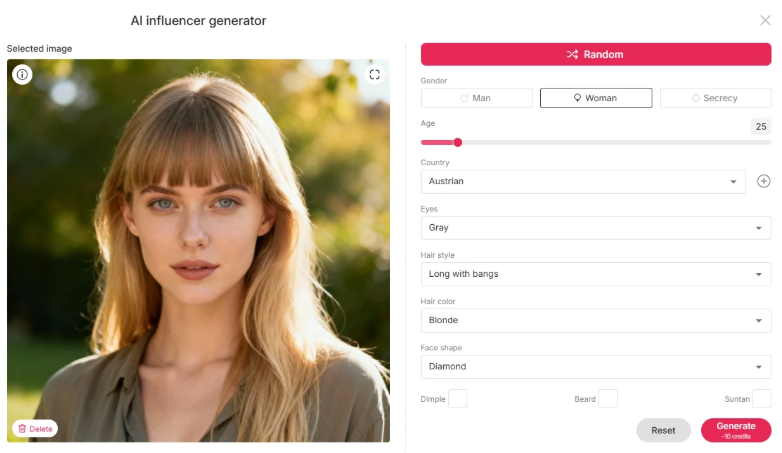
So, once you've built your research agent to spy on the competition, head over to APOB.AI to build the talent that will blow them out of the water. It’s the ultimate tool for any creator serious about making a splash in the AI world.
Go on, give it a whirl. The future of content creation is here, and it’s looking seriously hot.

AITwin Ninja


